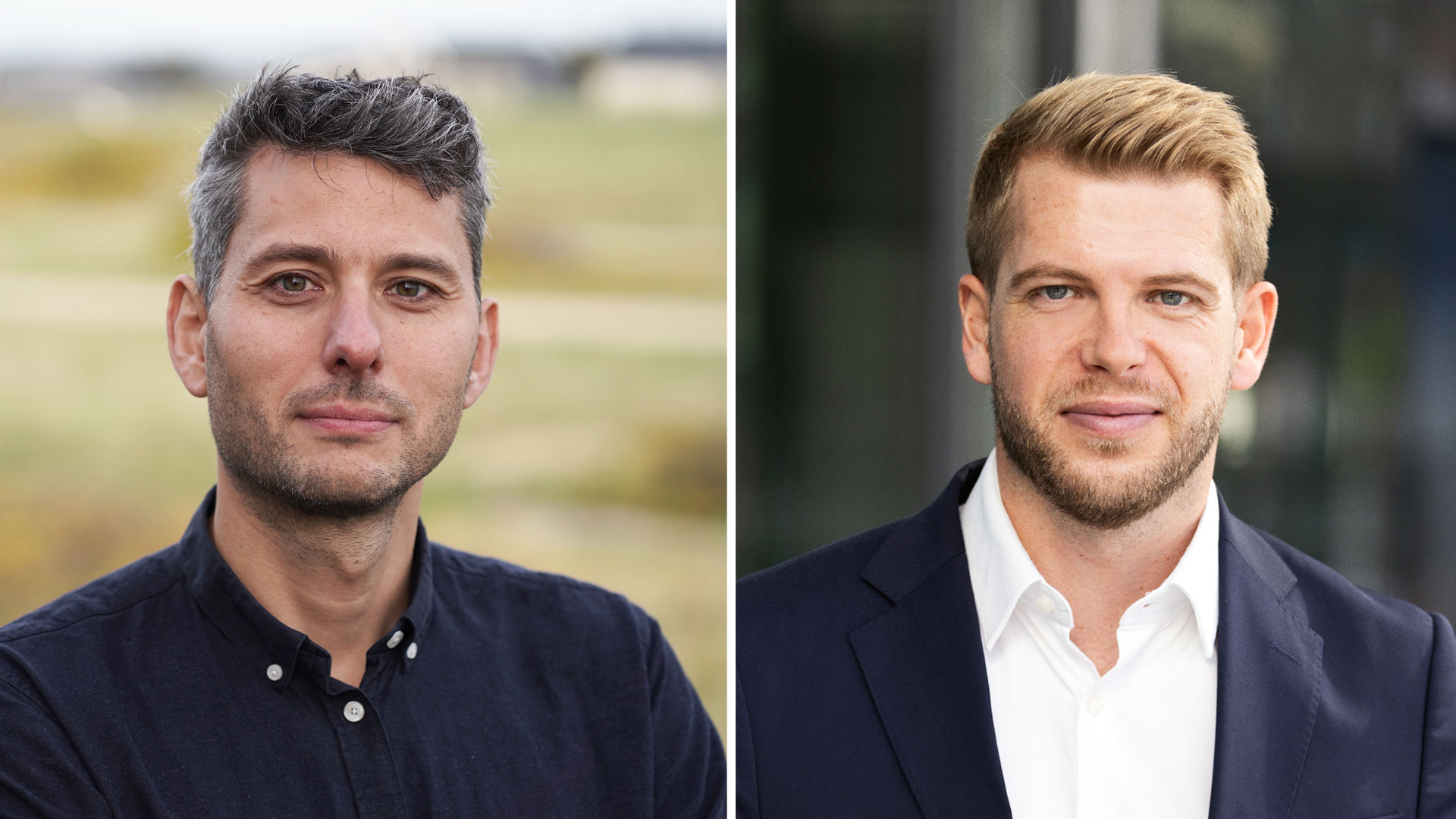16 September 2024
Despite Denmark’s promising start in the digitalization field, we lack the long-term projects necessary to secure a strong position in the AI race. We need to focus on attracting top talent—especially with the upcoming EU presidency in mind, write Andreas Espersen and Thomas Riisgaard Hansen in Altinget.

Denmark has made a solid start in the AI and digitalization race. We were early in expanding digital infrastructure and rolling out digital public services. Danish industry is heavily investing in IT, alongside public and private funds, and groundbreaking research in digital technology is being conducted at Danish universities.
However, our lead is diminishing. To stay competitive domestically, we must translate more research-based knowledge into practical solutions that benefit Danish society. Companies that excel in harnessing the potential of AI and other digital technologies can secure a unique competitive edge.
In Denmark’s pharmaceutical sector, AI and digitalization can accelerate the development of new medicines, while in the retail sector, AI can help adjust prices and products to meet the demands of a shifting market.
AI also offers Danish businesses the chance to retain key talent, support digital transformation, provide the data foundation for the green transition, and create opportunities for new global service companies.
Even though digital advancements are moving rapidly, adapting and integrating these technologies into innovative products that genuinely add value to our companies will be a lengthy and challenging process.
As a nation, we need to develop a robust digital ecosystem that can sustain itself in the long term and has the patience to nurture the full potential of digital technologies. This ecosystem must bring together the most innovative researchers from both businesses and universities, and foster collaboration across disciplines and borders.
Denmark’s digital research and innovation ecosystem is full of promising initiative, but they all share one significant weakness: they are mostly short-term projects with temporary funding.
Experience shows building trust and establishing productive relationships can take years. Therefore, relying on short-term projects makes it difficult for actors within the ecosystem to form the value-creating partnerships necessary for long-term success.
Several of our European neighbors have already taken significant steps, investing in long-term initiatives that anchor knowledge and provide continuity and coordination across sectors. Just this summer, Norway allocated 850 million Norwegian kroner to research and innovation centers in AI and digital technologies.
We need to do the same in Denmark by dedicating a portion of the research reserve to centers with a long-term perspective, designed to coordinate research and innovation efforts in strategically important areas.
Since 2020, Denmark has had a national research and innovation center for digital technology – Digital Research Centre Denmark (DIREC).
DIREC has successfully gathered the best minds and resources from across the country, attracted international talent, promoted interdisciplinary research, nurtured young talent, and strengthened ties between universities and industry.
However, despite its long-term vision, DIREC is a five-year project with temporary funding.
In 2025, Denmark will assume the EU presidency, providing us with an excellent opportunity to showcase Denmark’s digital capabilities.
Now is the time to shift from short-term thinking to long-term commitment. We must invest in ambitious initiatives like DIREC, which has the necessary time and weight to position Denmark as a key voice in the EU and play an active role in shaping European research and innovation policy.
By doing so, we can demonstrate to our European neighbors that Denmark is at the forefront of the digitalization race, and – more importantly – we can show future generations that we took every step possible to secure an innovative and sustainable future.
Published in Altinget on September 16, 2024.